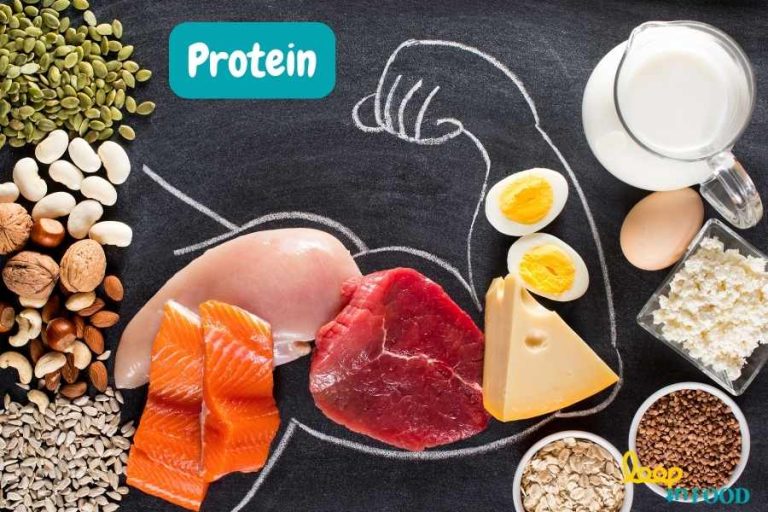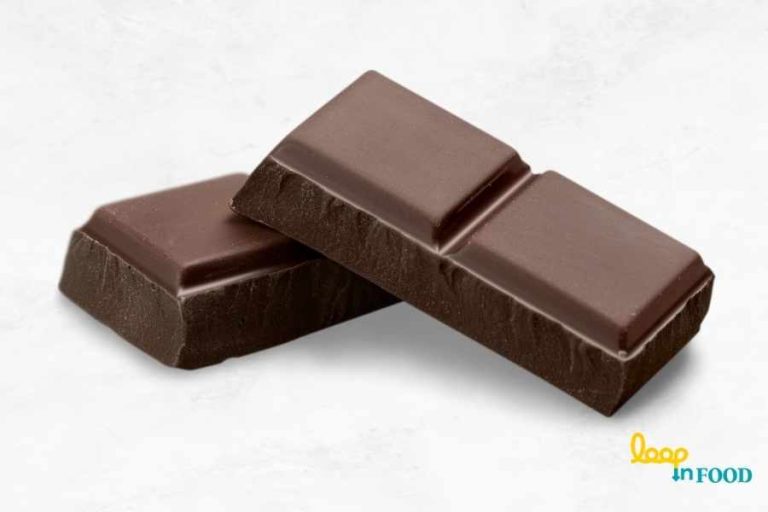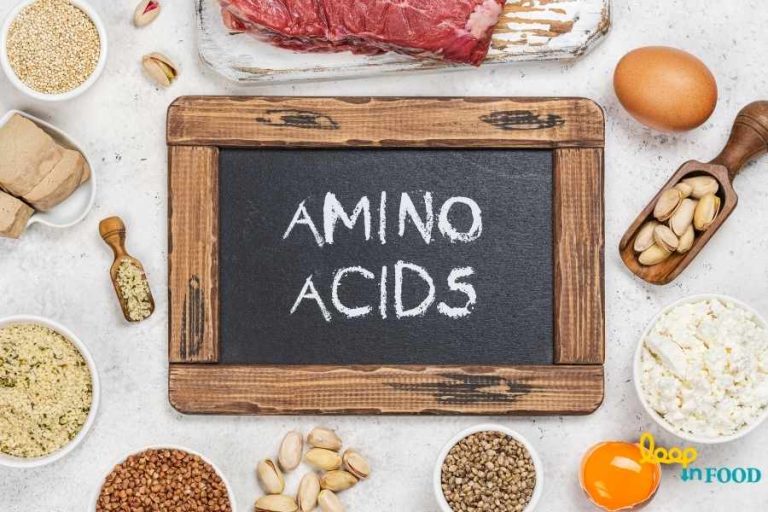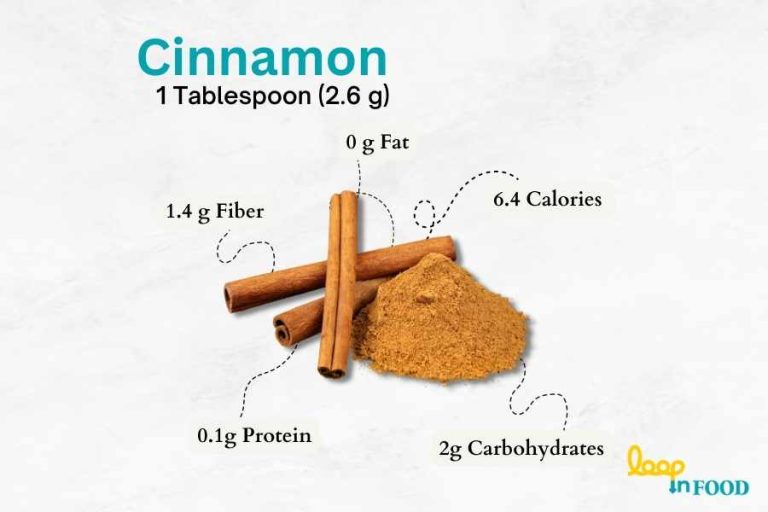Foods with low Glycemic Index? It’s impact on your health

What is Glycemic Index?
According to endocrinologist Alexandar Williams, MD., Glycemic index (GI) is a tool in which we classify food according to their ability to raise blood sugar level and how quickly they can. We can measure GI of food and rank them by a scale of 0 to 100. Foods which are close to zero has little effect on your blood sugar level. Here we also discuss foods with low glycemic index.

Sugar,s effect on our body
There are different types of sugars. During digestion, your body breaks down complex sugar molecules into simpler ones. which it use for energy. So, when you eat certain sugars, your blood sugar level spikes up, followed by rapid decline. If you are eating food with high GI your sugar level of blood will raise and eventually drops immediately.
Your digestive tract doesn’t respond to all carbs the same. Take an example of Starch (Donut) and fiber (Broccoli)
- Both are plant based
- Both are polysaccharides (consists of hundred of monosaccharides joined together).
Starches
They are composed of monosaccharides (Glucose) but combine together by Alpha bonds.

Human saliva and pancrease (in digestive tract) release enzyme “Amylase” which easily break down these alpha bonds and digest it raising blood sugar level immediately.
Sodas and white bread have similar Glycemic index, because the amount of sugar they release in your blood is equal.
Fibers
They are composed of monosaccharides (Glucose), but joined together by Beta bonds.

Our body does not have any enzyme to break these bonds. So mostly these fibers are go undigested making you feeling full for long time.
When you eat diet, high in fiber like vegetables, fruits or whole grains, those indigestible beta bonds slowly release glucose in your blood.
we need to take 25 to 35 grams of fiber per day for optimal health
foods with low glycemic index
You may like to follow a Low Glycemic Index diet if
- You are planning to eat a healthy diet
- Risks of diabetes or heart blood disease
- Help in regulating blood sugar levels as part of diabetes treatment plan.
- Want to lose weight or maintain a healthy weight
Foods with low Glycemic Index (lower than 55)
Considering foods with low glycemic index. There are certain foods which have access amount of carbs in it, such food is ranked on GI scale e.g. some fruits, milk, yogurt etc. Other foods like meat, cheese or poultry has low amount of carbs so they are not ranked on this scale.
Different varieties of the same food also vary in GI as yogurt, if you take flavored yogurt from the market. it is having more artificial sweeteners or flavor enhancers resulting in high GI. On the other hand pure plain yogurt has low GI. Similarly cooking also impact GI. Below are certain foods which are considered low GI (Lower than 55)
- Vegetables: Broccoli, eggplant, tomato, lettuce, raw sweet potato,
- Dairy: Whole milk, plain yogurt
- Legumes: Chick pea, lentils, split peas
- Fruits: Lemons, Apples, strawberries, Lime and pears etc.
- Sweets: Dark chocolate (more than 70% Cocoa)
- Nuts: Cashews and Peanuts
- Cereals: All bran type cereals, steel cut oats
Foods with High Glycemic Index (greater than 70)
- Fast Foods: Cheese Burger, pizzas, French fries etc.
- Legumes & Cereals: White bread, White rice, instant oats
- Sugar-containing beverages: Soda, sweet teas, energy drinks
- Bakery items: Donuts, added sweeteners, etc.
You can also take personalized help from a dietitian. They will help you to choose low-GI foods which you can add to your diet.
If you want to consult a dietitian. you can find your nearest one here e.g. For Canada. For America.






